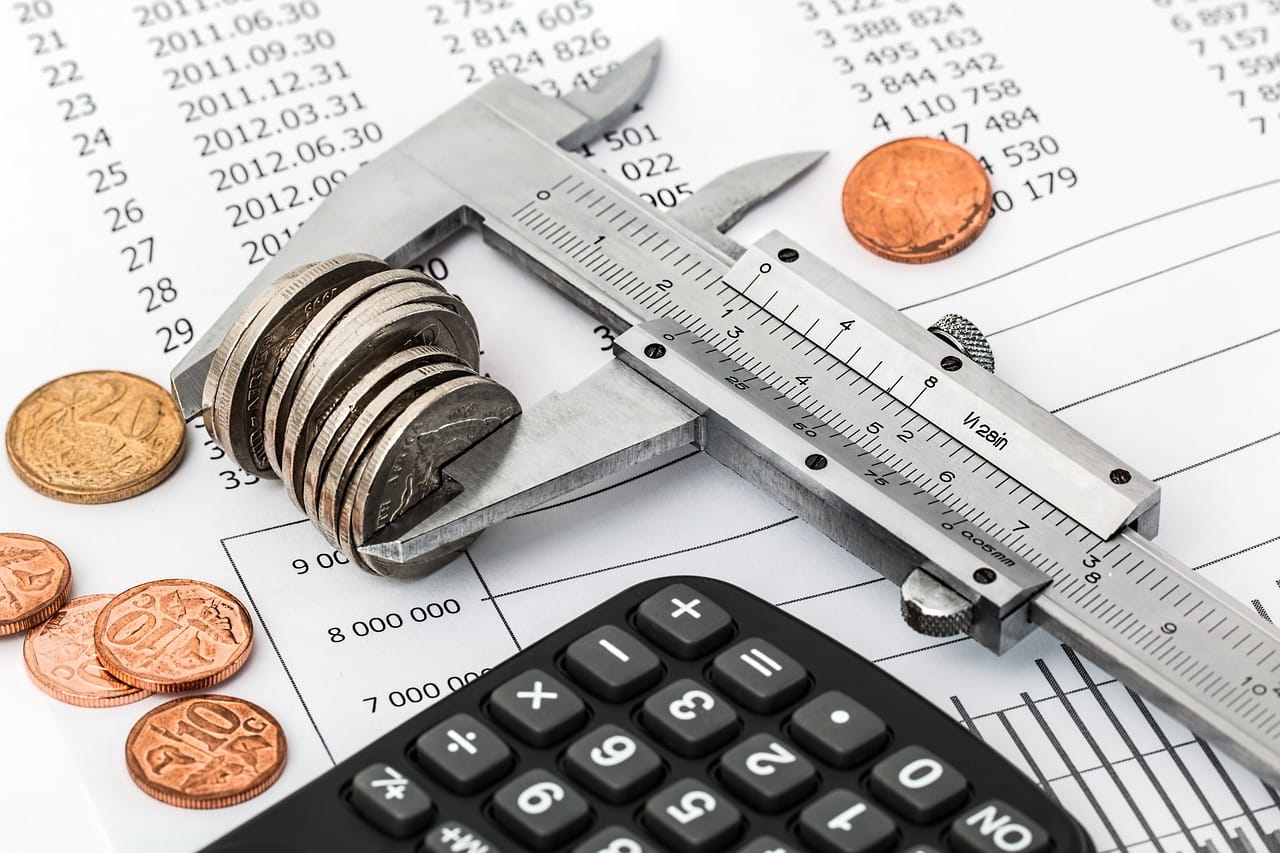In today’s fast-paced financial landscape, effective Budget Tracking emerges as a crucial tool for individuals striving for better fiscal management. By categorizing expenses into well-defined Spending Categories, one can gain valuable insights into their spending habits. Consequently, implementing a structured approach to Monthly Analysis enables individuals to identify trends, make informed decisions, and ultimately gain greater control over their finances. This post delves into the significance of budget tracking, the essential spending categories to monitor, and how regular analysis can empower individuals to take charge of their financial future.
Understanding Budget Tracking and Its Importance
Effective budget tracking is essential for anyone aiming to achieve greater financial control. By meticulously monitoring expenses, individuals can discern their spending habits, making informed decisions that directly impact their financial well-being. The ability to analyze different spending categories fosters a clearer understanding of where money is allocated and enables timely adjustments where necessary.
Key Aspects of Budget Tracking:
- Clarity: Provides a clear picture of income versus spending.
- Accountability: Encourages responsible spending habits by visually tracking expenditures.
- Goal Setting: Helps establish financial goals based on realistic spending patterns.
- Awareness: Increases awareness of unnecessary expenses that can be minimized or eliminated.
Benefits of Tracking Spending Categories:
| Benefit | Description |
|---|---|
| Insightful Analysis | Discover trends in spending behaviors over time. |
| Enhanced Decision Making | Make better financial choices for future investments. |
| Improved Savings | Identify areas to cut back, allowing for increased savings. |
By integrating these elements into a routine, individuals empower themselves to transition from reactive spending to strategic financial planning. Consequently, this proactive approach culminates in improved financial stability and peace of mind.

Identifying Key Spending Categories for Analysis
Effective Monthly Analysis relies on understanding spending patterns across various Spending Categories. By categorizing expenses, individuals can gain a clearer picture of where their money is going, which is crucial for making informed financial decisions. Below are some essential categories to consider:
- Housing: Rent or mortgage payments, property taxes, insurance, and maintenance costs.
- Utilities: Electricity, water, gas, internet, and phone bills.
- Food: Groceries, dining out, and takeout expenses.
- Transportation: Fuel, public transport fares, vehicle maintenance, and insurance.
- Healthcare: Medical expenses, insurance premiums, and medication costs.
- Entertainment: Subscriptions, leisure activities, and travel expenses.
| Spending Category | Typical Monthly Cost |
|---|---|
| Housing | $1,200 |
| Utilities | $300 |
| Food | $600 |
| Transportation | $400 |
| Healthcare | $250 |
| Entertainment | $150 |
By synthesizing data across these key Spending Categories, individuals can develop a more accurate Monthly Analysis that highlights surplus opportunities and areas for improvement. Identifying these categories not only streamlines financial oversight but also promotes accountability and empowers individuals to make wiser financial choices, ultimately leading to enhanced financial stability.
Leveraging Monthly Analysis for Improved Financial Control
Analyzing Spending Categories each month serves as a pivotal strategy for enhancing financial control. By rigorously examining expenditures, individuals can identify trends, detect anomalies, and strategize future spending. Here are key benefits of leveraging this monthly analysis:
Enhances Awareness: Regularly reviewing financial data fosters an informed perspective on where money is allocated. This awareness can lead to more intentional spending choices.
Identifies Patterns: Tracking habitual spending helps uncover patterns. For example, if a consistent spike in dining out expenses occurs, adjustments can be made to reduce those costs.
Sets Financial Goals: Monthly analysis permits individuals to set realistic savings or investment goals based on spending behaviors. By adjusting specific categories, achieving these goals becomes attainable.
Facilitates Adjustments: With insights gleaned from Monthly Analysis, budget adjustments can be made proactively. This allows for potential overspending to be curbed before it becomes detrimental.
To illustrate the impact, consider this comparative table of potential savings by altering spending behaviors:
| Spending Category | Current Monthly Spending | Adjusted Monthly Target | Potential Savings |
|---|---|---|---|
| Dining Out | $400 | $250 | $150 |
| Entertainment | $200 | $100 | $100 |
| Groceries | $300 | $250 | $50 |
| Total Savings | $300 |
In conclusion, leveraging Monthly Analysis of Spending Categories not only enhances financial acumen but also empowers individuals to make informed decisions that align with their long-term financial goals. The proactive nature of this approach instills confidence and control over personal finances.
Frequently Asked Questions
What is monthly budget tracking and why is it important?
Monthly budget tracking involves monitoring one’s income and expenses over a given month. This practice is crucial for anyone aiming to manage their finances effectively, as it allows individuals to identify spending patterns, control unnecessary expenses, and ultimately save money. By keeping a close watch on different spending categories, one can make informed financial decisions and stay aligned with their financial goals, thereby achieving better financial stability.
How can I categorize my spending for better analysis?
Categorizing spending involves grouping similar expenses to provide clarity on where money is going. Common categories include housing, transportation, groceries, entertainment, and savings. To create meaningful categories, one should assess their spending habits and determine which categories reflect their lifestyle. By analyzing these categories regularly, individuals can gain insights into their financial behavior, helping them to make adjustments where necessary and optimize their spending for better financial health.
What tools or methods can be used for effective budget tracking?
Effective budget tracking can be achieved through various tools and methods ranging from traditional paper methods to modern digital solutions. Spreadsheet programs like Microsoft Excel or Google Sheets can be customized for personal budgets. Additionally, budgeting apps, such as Mint or YNAB (You Need A Budget), provide user-friendly interfaces and automated tracking of expenses. Choosing the right method depends on personal preference and comfort level with technology, but the key is consistency in tracking spendings.
How often should I review my budget and spending categories?
It is advisable to review one’s budget and spending categories on a monthly basis at a minimum. Regular reviews allow individuals to adjust their budgets based on changes in income or expenses and to identify areas where they may be overspending. Some individuals may prefer to review their budgets weekly to stay on track, while others may opt for quarterly reviews. The frequency of review should reflect personal financial goals and the complexity of one’s financial situation.













Comments are closed.